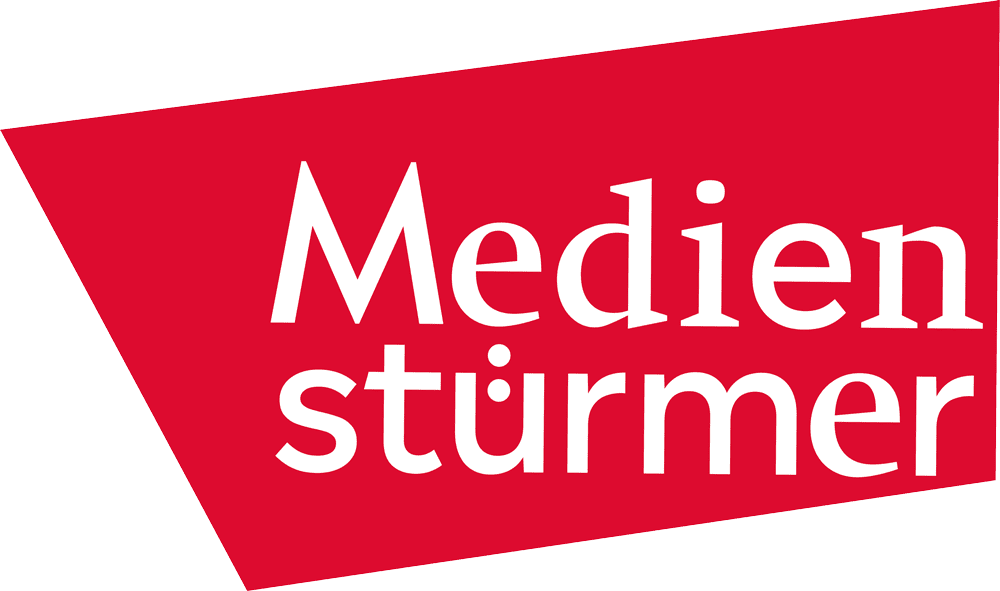The Microsoft Power Platform was first introduced in 2018 and has since become one of the most popular low-code platforms for companies. Originally intended as a tool for IT departments to automate internal processes, it has now taken on a central role in the digitalization of many companies. The so-called “citizen developer” is becoming increasingly important. As our colleague Florian Stocker describes in Computerwoche, platforms such as the Power Platform enable not only professional developers but also specialist departments to create applications independently.
A decisive advantage of all three Powerapps types – Canvas Apps, Model-Driven Apps and Power Pages – is their common data basis: the Microsoft Dataverse. This central data platform ensures seamless integration and facilitates data exchange between the applications. In this article, we explain which type is the best choice when and highlight the advantages and disadvantages.
The basics: What are Powerapps?
Powerapps are a central component of the Microsoft Power Platform and offer opportunities to create individual applications with little to no code. They are ideal for the digitalization of business processes, the optimization of workflows and the development of modern user interfaces.

Canvas apps: design freedom and flexibility
Canvas apps offer a high degree of flexibility when designing the user interface. They allow developers to freely define the design and functionality without being tied to predefined structures. This makes canvas apps particularly suitable for applications that focus on the user experience. The design is similar to a blank canvas, on which elements such as buttons, forms or images can be placed as desired. The focus is on the individual customization of the design, whereby the developer is almost completely free to decide how the app looks and functions.
When are canvas apps useful?
Canvas apps are ideal for:
- Mobile applications or desktop solutions with individual interfaces.
- Scenarios that focus on user interaction and visual design.
- Data access from different sources, such as SharePoint, Excel or SQL databases.
Advantages:
- Complete freedom of design.
- Quick and easy to customize.
- Integration of different data sources.
Disadvantages:
- Limited scalability for complex business processes.
- Less suitable for data-driven applications.

Model-driven apps: process optimization and data focus
In contrast to canvas apps, the development of model-driven apps is based on data and business processes. These apps follow a data-driven approach in which the user interface is automatically generated from the underlying data model and the defined logic. Developers can focus on optimizing processes and modeling data structures without investing a lot of time in manually designing the user interface. Integrated functions such as dashboards, diagrams and forms make model-driven apps particularly effective when it comes to clearly presenting business-relevant information.
When are model-driven apps useful?
Model-driven apps are ideal for:
- Applications with complex data structures and relationships.
- Scenarios that focus on efficiency and process automation.
- The mapping of CRM or ERP-like systems.
Advantages:
- Focus on data and processes.
- Automatically generated and optimized user interfaces.
- Scalable for large applications.
Disadvantages:
- Less design freedom for individual surfaces.
- Dependence on a predefined data model.

Power Pages: Modern web development with React
Power Pages are the perfect choice for web-based applications and portals. Originally known as “Power Apps Portals”, they have been further developed to enable companies to create user-friendly and secure websites. They offer native features such as authentication, data integration and responsive designs that are accessible to both internal employees and external users.
With Power Pages, companies can not only provide content, but also create dynamic user experiences. Power Pages goes beyond traditional low-code development and provides organizations with a platform to create scalable, user-friendly websites. Our approach of integrating React Single-Page Applications (SPAs) into Power Pages combines this modern web technology with the robust infrastructure of the Power Platform.
The result: high-performance applications that offer both internal users and external customers a modern and efficient user experience.
When are Power Pages useful?
Power Pages are used when:
- company portals or customer platforms are to be created.
- Seamless integration of external users is necessary.
- Modern front-end technologies such as React are desired.
Advantages:
- Perfect for web-based applications.
- Responsive design for all end devices.
- Possibility to use React SPAs to create modern and interactive frontends.
Disadvantages:
- Higher technical requirements for the integration of React.
- Initial effort for the integration of external technologies.
When do I use which type of Powerapp?
The choice of the right type of app depends on the individual requirements:
| Application scenario | Recommended app type |
|---|---|
| Individual mobile or desktop interfaces | Canvas Apps |
| Data and process-oriented applications | Model-Driven Apps |
| Web-based platforms or portals | Power Pages |
A practical example: Imagine a comprehensive customer portal that covers the specific requirements of different user groups. Power Pages form the basis here by creating a modern, user-friendly web interface that offers an interactive and dynamic user experience with a React Single Page Application. The content of this portal is efficiently managed by internal employees using a model-driven app. In addition, specific data or feedback can be entered playfully and flexibly by other employees via a canvas app. This interaction ensures that both internal and external processes are optimally covered.
Conclusion
The choice between canvas apps, model-driven apps and power pages depends heavily on the requirements of your project. While canvas apps offer maximum flexibility for individual designs and are ideal for interactive and user-friendly interfaces, model-driven apps are the perfect choice for data-driven processes and applications with complex structures. Power Pages also offer the unique opportunity to develop modern web applications with React while benefiting from the scalability and integration capabilities of the Power Platform.
By sharing the Microsoft Dataverse as a central data basis, these tools enable seamless collaboration and consistent data management – a decisive advantage for companies that want to drive their digital transformation forward.








